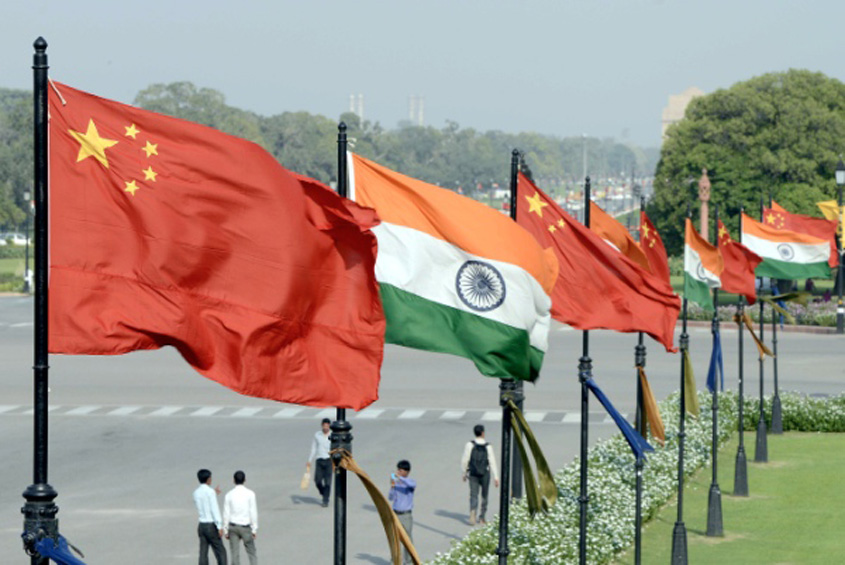Though China has made its intentions clear behind “standardising” names of six places in Arunachal Pradesh, which China refers to as “South Tibet”, the Indian government, while objecting to the Chinese move, has refrained from calling it an act of Chinese “confrontation” towards India, and there has been no direct communication between the two countries on this issue. However, India has announced the construction of two Advanced Landing Grounds (ALG) at Tawang and Dirang, a day after Beijing gave its own names to places in the north-eastern state.
The Indian media has largely interpreted the Chinese naming exercise as a counter-move from China against India permitting the Dalai Lama to visit Tawang in Arunachal Pradesh a few weeks ago. In a press conference, Ministry of External Affairs spokesperson Gopal Bagley said: “I would not like to speculate on why China did it. All that we know about the standardisation of names of places in Arunachal Pradesh is from whatever is being published in the media.”
Emphasising that there has been no direct communication on the issue, Bagley further added, “They did not communicate it to the Government of India. As far as the repercussions of this move are concerned, China and India have a bilateral machinery in place to handle border disputes and we hope it will be respected. Since the announcement has been made by China, we have not sent any official communication yet.”
It is to be noted that officials in India do not know the demarcation of the territories that have been named by China. China’s Civil Affairs ministry gave six places new names in Chinese, Tibetan and Roman alphabets, but did not officially or unofficially communicated as to what those areas are.
According to Lu, the Chinese foreign ministry spokesperson, the reason why this has come out at this juncture is because China is conducting “the second census of names of localities and an important part of it is to standardise names in ethnic languages”.
However, China has made it no secret that by “standardising” names in Arunachal Pradesh, it is trying to claim sovereignty over the region. Experts in China have legitimised their government’s move by referring to the cultural and geographical history of the new names.
Guo Kefan, Tibet Academy of Social Sciences, told the Global Times (English newspaper under the People’s Daily which is the official publication of the Communist Party), “These names have existed since ancient times, but have never been standardised before. Therefore, announcing the names is like a re-mediation. Standardising the names from the angles of culture and geography could serve as a reference or leverage when China and India negotiate border issues in future.”
The six new names are Wo’gyainling, Mila Ri , Qoidêngarbo Ri, Mainquka, Bümo La and Namkapub Ri.
According to speculation on what these places could actually be, Wo’gyainling could be near the Urgelling Monastry which is 5km south of Tawang, where the Dalai Lama had visited recently. Mila Ri could be Doparijo in upper Subansiri district. Qoidêngarbo Ri could be in upper Siang district. Mainquka could be Menchuka of west Siang district. Bumo La could be the Bum La pass through which Chinese Army had invaded India in 1962 and Namkapub Ri could be the Namka valley which is northwest to Tawang.

